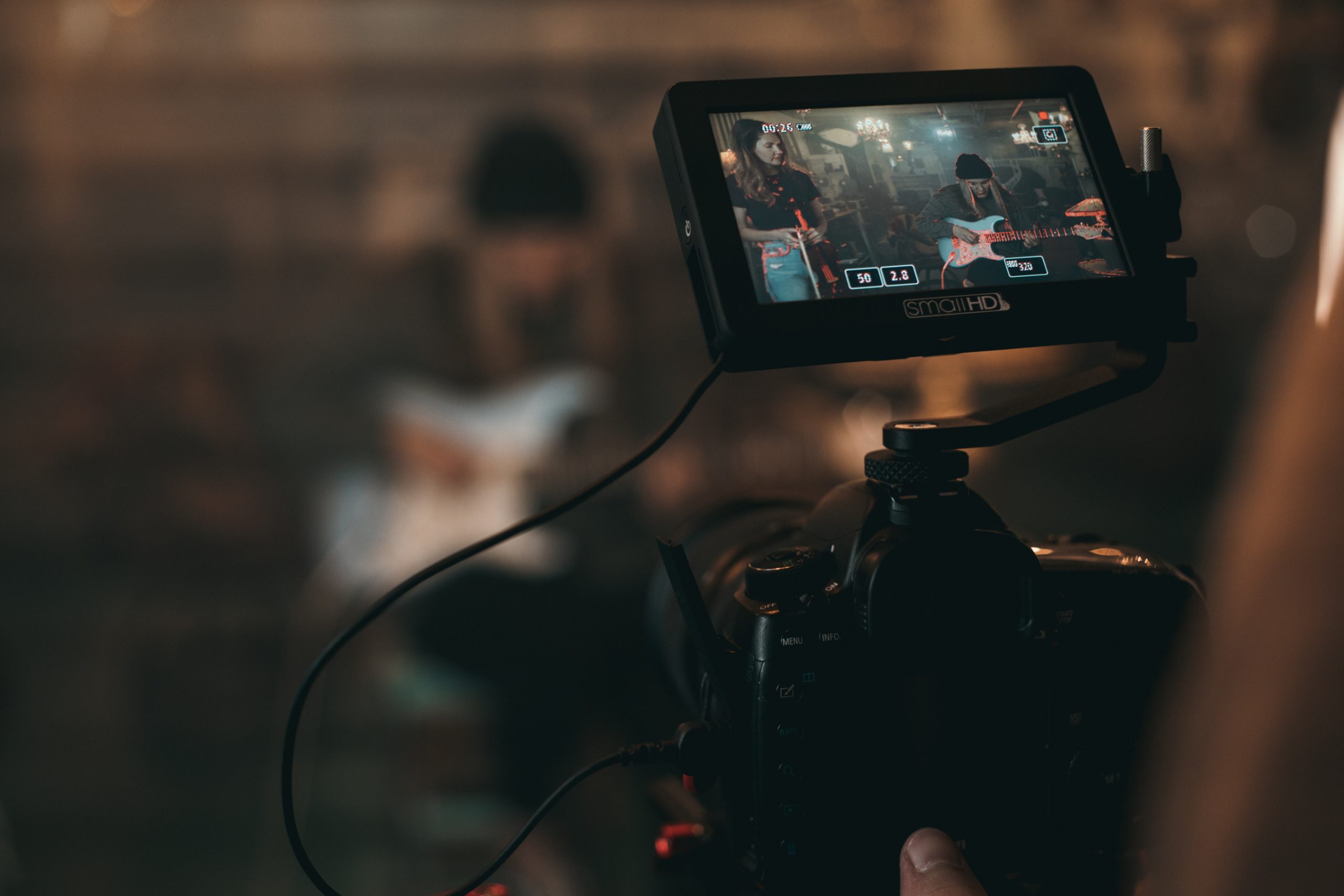In today’s digital age, video content can be found and seen everywhere. Gone are the days when videos were restricted to television and theater screens; now, video content is visible in the oddest spaces, like one-inch smartwatches. In fact, digital video advertising has become a go-to strategy for products and services today. Findings from Allied Market Research indicate that the global digital video advertising market is expected to reach $712.6 billion by 2031. The rise of the smartphone and internet usage has helped boost the adoption of digital media and, subsequently, the digital video advertising market.
With the prominence of small businesses and eCommerce, video content has become an increasingly vital aspect of online marketing. In a past post, we cited Cisco’s prediction that video will make up 82% of all internet traffic in 2022. As social video platforms like TikTok and YouTube continue to grow in userbase, video has become an important way to market and grow businesses. Whether you’re planning to film a video ad or a video explainer, having the right tools to produce your video content is essential for your material to stand out among the millions of videos uploaded daily. Below, we’ll look at the top four camera models for filming video content.
Canon EOS R6 Mark II
Featuring next-generation deep learning AI autofocus, the Canon EOS R6 Mark II can recognize and track subjects at high speed and accuracy — from birds in flight to helicopters in the sky. With a powerful Image Stabilizer, the camera can film videos even in near-darkness at excellent 4K quality 60fps. The EOS R6 Mark II also features a noise-canceling internal microphone that reduces unwanted noise when filming. Upon purchase, the camera comes with a strap and battery pack cover for easy on-the-go filming, but a decent tripod is a great way to secure steady footage for longer shoots.
Panasonic S5 Mark II
Panasonic finally has a mirrorless camera with Phase Detect autofocus (PDAF) after years of complaints from users who used to film videos on their older Depth From Defocus autofocus system. The Panasonic S5 Mark II introduces the brand’s first mirrorless PDAF venture, bringing the model on par with other brands such as Sony, Canon, and Nikon. Specifically, the S5 Mark II features a Phase Hybrid autofocus system that combines the much sought-after PDAF with Contrast Detect autofocus to make it even better at detecting and tracking subjects in motion, even in low-light scenarios.
Fujifilm X-H2S
This Fujifilm model boasts significant battery life despite its compact body. The Fujifilm X-H2S features a 5-axis in-body image stabilization system that allows for seven stops of shake reduction, making filming videos on the go that much easier. With its 26MP sensor, the X-H2S can film 4K and even 6K quality videos at 120fps. If you need the highest of qualities for your video content, this may be the right camera for you. Paired with its long-lasting battery and Adobe compatibility for camera-to-cloud native integration, this Fujifilm can be a fantastic choice for various purposes, from photoshoots to vlogs, videos, and films.
Apple iPhone 14 Pro
Finally — and no, this isn’t a joke — there’s a reason people cite the “iPhone camera quality” as one of the best and biggest deciding factors for choosing smartphones. While other flagship smartphones today are just as capable at shooting stabilized 4K videos, the 14 Pro boasts an all-new Action Mode that captures smooth video that foregoes the shaking, motion, and vibrations that come with smartphone filming. Apple has long collaborated with filmmakers to create short films filmed entirely by their line of iPhones, and the iPhone 14 Pro is as good a multi-purpose investment as any for a budding video creator.

